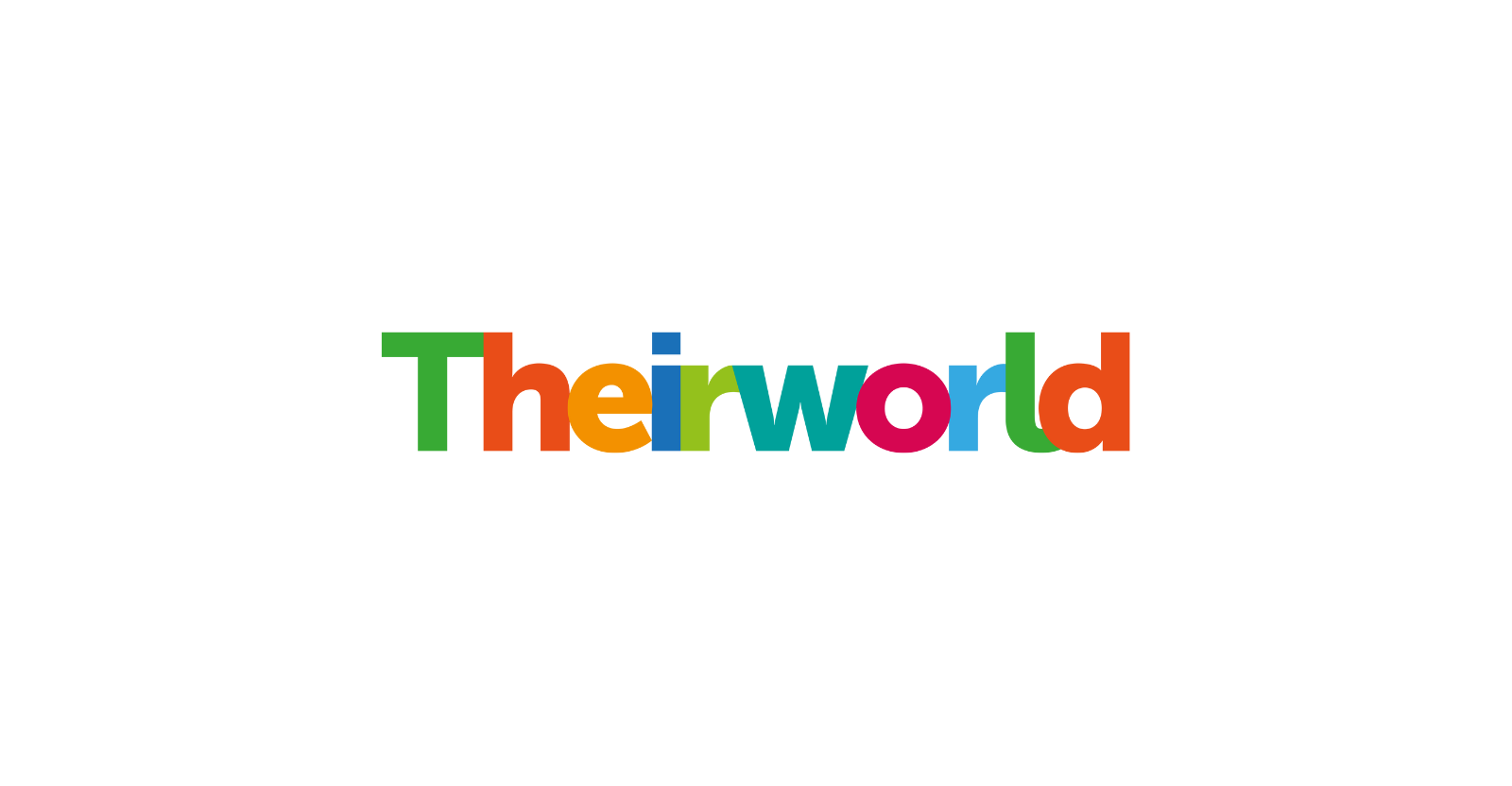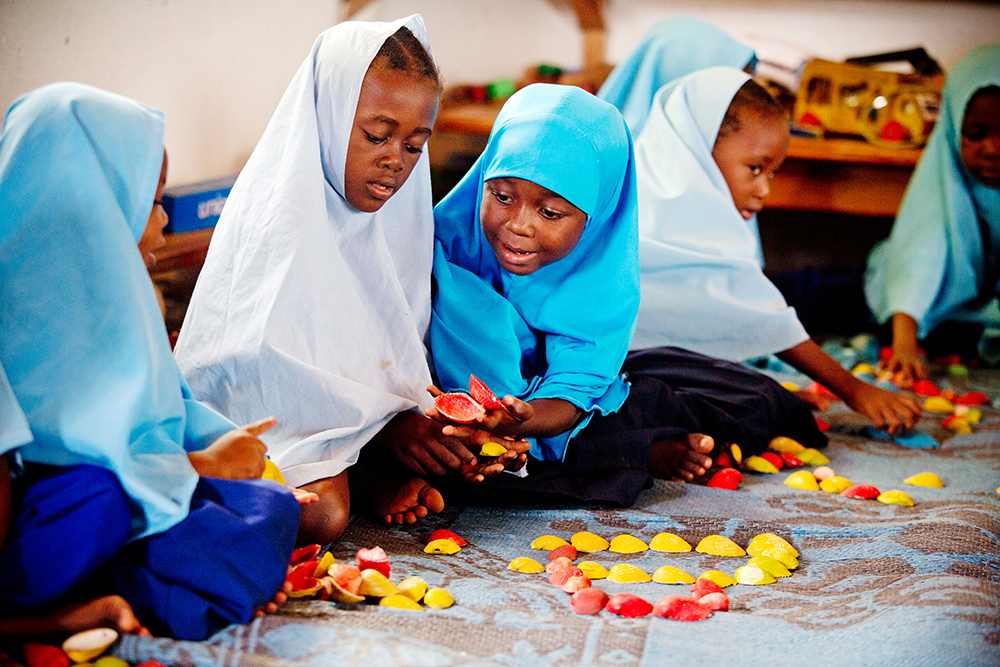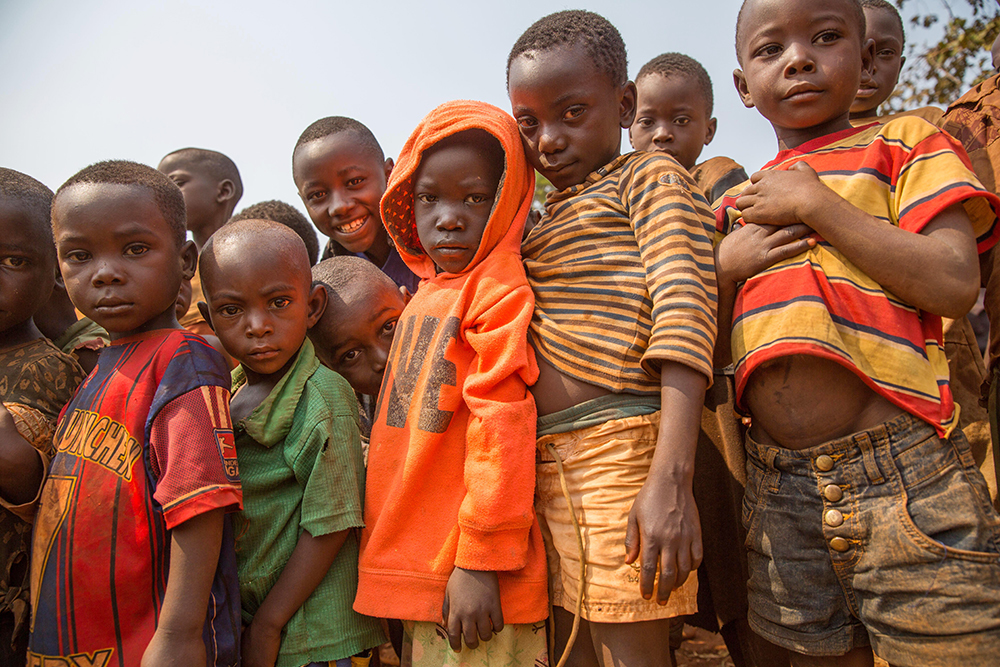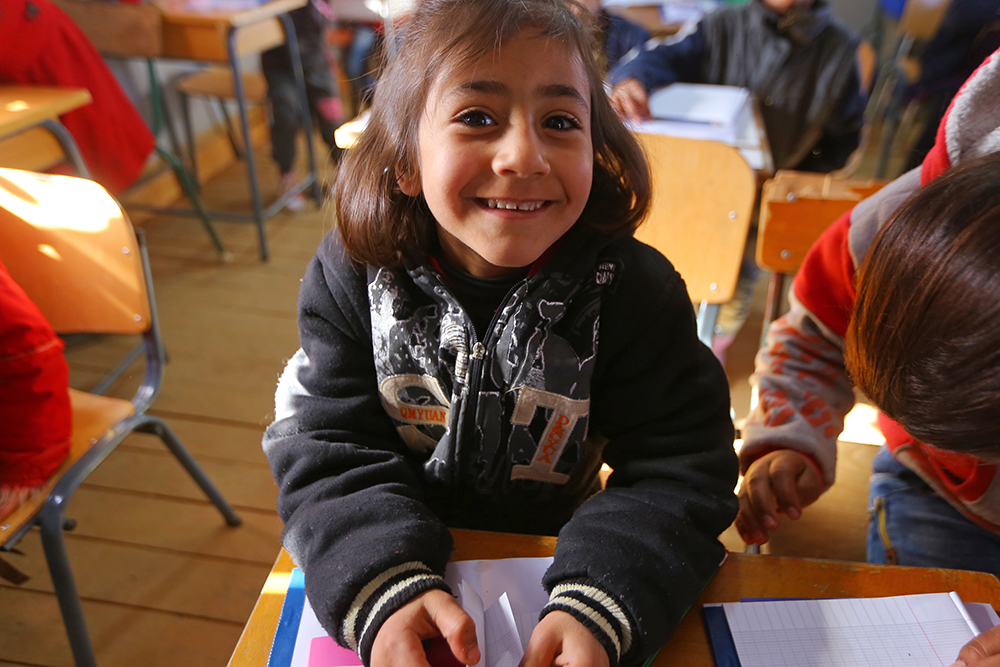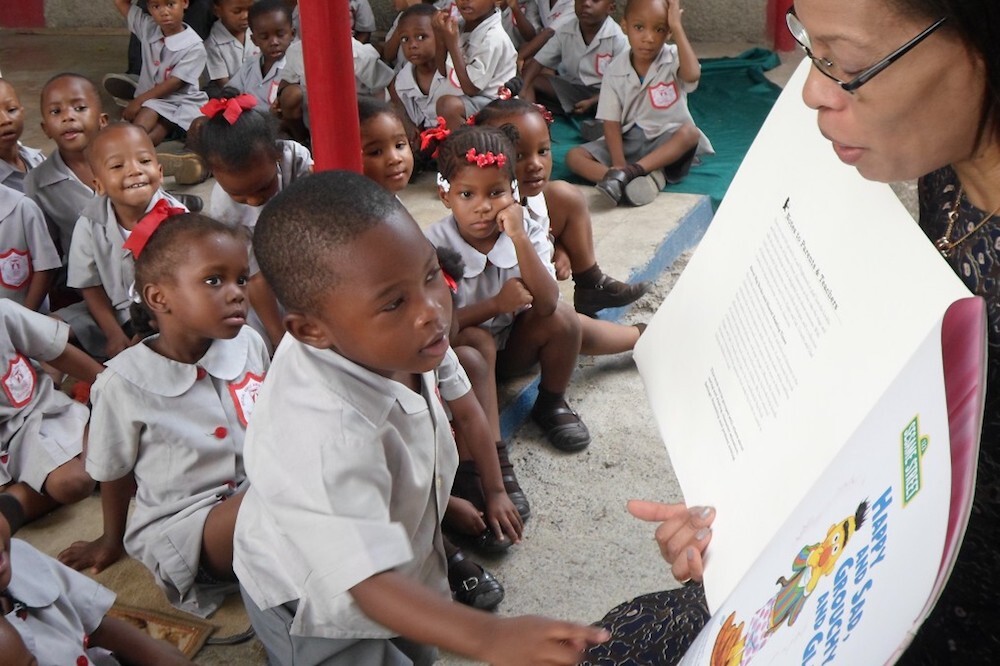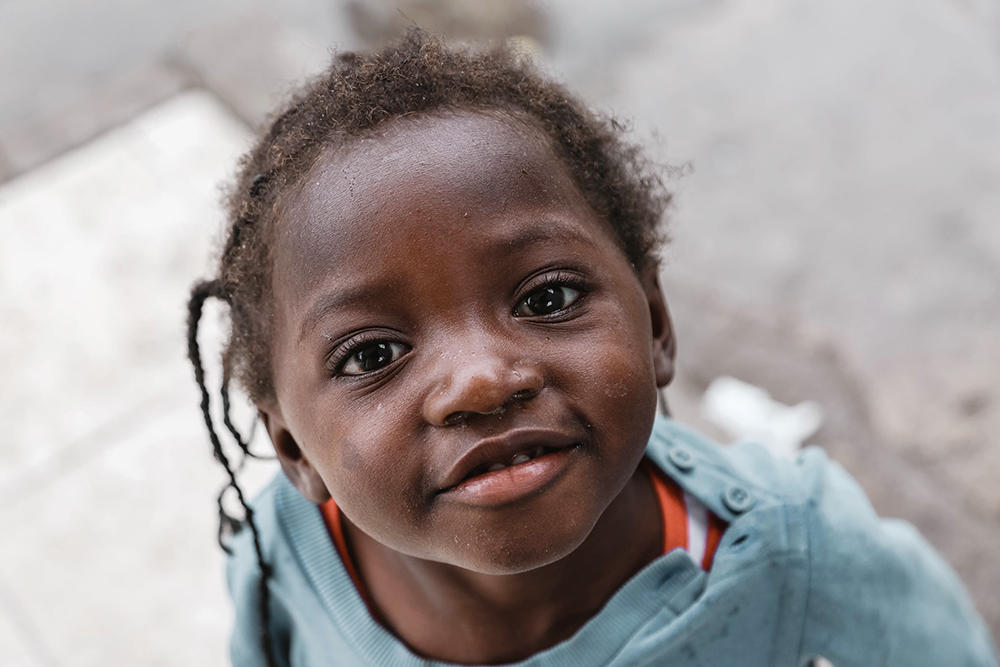Authors: Asma Zubairi and Professor Pauline Rose
REAL Centre, University of Cambridge
A child’s most important steps happen before they set foot in a primary school. By their fifth birthday, their brain will already be 90% developed and the foundations for success at school and in later life will be in place.
Early childhood, from birth to age five, is the most critical developmental stage in a child’s life. To allow the brain to grow and the child to develop to their full potential, children need quality nurturing care – including play, health, protection, nutrition and early learning.
Without adequate nutrition, children risk their development being stunted, with lifelong consequences. Access to health care is also vital.
Early childhood interventions should support four key developmental domains – physical, cognitive, linguistic and socio-emotional development. However, while progress is being made in some areas, children’s early learning is too often neglected, putting millions of children at a disadvantage before they even start school.
Having a pre-primary education can also have a significant impact on a child’s future prospects in education and in adult life. It’s particularly vital for the most marginalised young children in the poorest countries.
